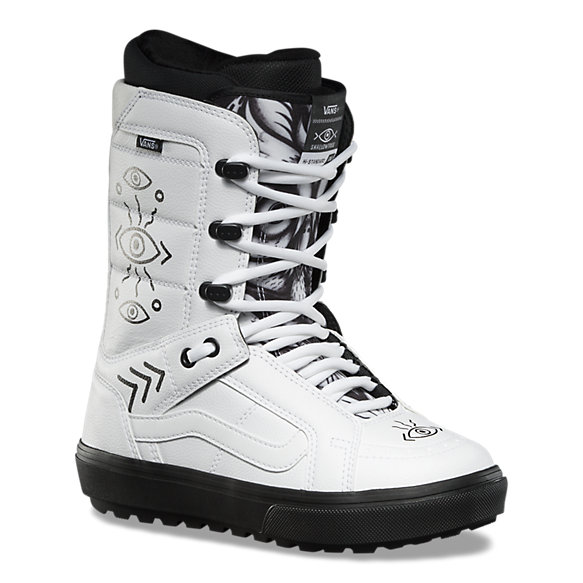What Beginning Riders Should Consider When Searching For Snowboard Boots
Tagged as: .

I am a novice and I'm not sure what a few things i should consider when purchasing a board, bindings, or boots? I suppose any assistance is appreciated!
Obviously the simplest, fastest, and the easy way get the gear is always to go to your local shop in which the repetition will put you in contact with gear that the.) fits and b.) is suitable for your riding level. Fit is an essential factor you cope with when gear shopping, whether it does not fit than there is nothing you will do that can make it work.
When just beginning you need to locate a true-twin (nose/tail same length, shape, and flex binding screw slots are dedicated to board also known as no setback).
Most manufacturers rate their board on the flex rating. For novices, on the scale from 1-10, you'll need a board round the 3s.
There's two measures of board flex: along the size of the board for presses/ollies, and over the width from the board for control and initiating turns (from heel to foot should you strapped your board in sitting lower and pressed the ball of the feet lower in your binding just like a gas pedal, your board will twist. This really is flex across your board). An beginner board must flex just like soft across because it does across the length, since beginners depend on additional give when they're mastering their balance and turning technique. This can minimize edge catches and maximize board control.
Entry-level boards have a longer effective edge/shallower sidecut to create lengthy, controlled turns. Think longboard versus short board in skateboarding or surfing: A larger, wider board in surfing or skating equals a board having a longer effective edge and shallower sidecut in vans snowboard boots.
When it comes to board height, no greater than your face. Even if you're youthful and growing, when you get a board too large for the height and weight you will have lots of trouble controlling it.
I believe reverse camber includes a place helping beginning riders who aren't able to engage/complete turns or are catching edges frequently, however if you simply are past that do not eliminate camber. I believe once riders overcome fundamental errors in connecting turns, they have to progress to intiating the turn, shaping the turn, and altering edges while using loading qualities of the traditional cambered board. This is extremely technical, I understand but believe me, when you get a cambered snowboard you won't be sorry while you progress in to the park and steeps. Get a reverse camber deck when you begin nailing advanced park stuff, or deep powder trip.
A typical misconception is when you receive an entry-level board when just beginning that you'll finish up requiring a brand new board earlier than later to begin striking the steeper and much more challenging areas of the mountain, and this may not be the situation. Nearly any board correctly sized towards the rider goes anywhere within resort limitations that you would like it to, only one built particularly for novices can make your chance to learn more fun.